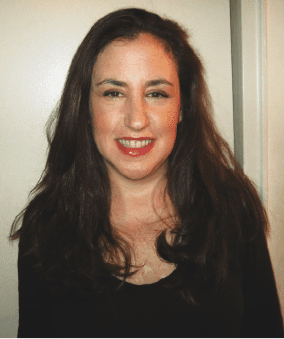By Denise Mann, editor of PSP
I live on the Upper East Side of Manhattan, and I literally can’t walk a block without passing a shingle for  Denise Manna cosmetic doctor—namely, a dermatologist or a plastic surgeon—but if I actually had shingles, for example, I would be out of luck … or so I thought.
Denise Manna cosmetic doctor—namely, a dermatologist or a plastic surgeon—but if I actually had shingles, for example, I would be out of luck … or so I thought.
In New York City and likely other urban centers, it is much, much easier to find Botox, fillers, or Fraxel than to get an annual skin cancer check or treatment for psoriasis, scabies, or severe acne—and this is even harder if you want the diagnosis, treatment, and follow-up care to be covered by your insurer.
But as I researched this month’s cover story, I learned a bit about medical dermatologists, cosmetic dermatologists, and the far more common hybrid breed, and how they are actually hiding in plain sight.
It isn’t that medical derms are so few and far between, it’s more that they don’t have high-powered publicists and bright neon signs pointing toward their chi-chi Park Avenue or Madison Avenue offices. Instead, many are tucked away in universities as part of academic practices, and others may be excising irregular moles and treating alopecia in less expensive areas where they can afford the rent without having to offer elective, cosmetic procedures.
I’m not bashing the cosmetic doctors at all. The Upper East Side would not be, well, the Upper East Side without them, and these cosmetic procedures do have profound effects on self-confidence and quality of life.
However, as we all know, there is a rising anti-cosmetic surgery sentiment here and abroad. There are calls to ban cosmetic surgery and cosmetic surgery advertising, and most of the time, the media focuses solely on plastic surgery disasters and death, but these “hidden” medical derms and reconstructive plastic surgeons and hybrids hold the power to save this specialty and sway popular opinion. To do so, all that is required is visibility—in the press and the community at large.
What you need for media coverage is a news peg—so here you go:
March is National Autoimmune Disease Awareness Month.
There are more than 100 autoimmune diseases, including psoriasis, Graves’ disease, Sjorgen’s syndrome, multiple sclerosis, rheumatoid arthritis, Crohn’s disease, and lupus. Many have cutaneous manifestations—often, rashes are one of the first or telltale signs of these hard-to-diagnose diseases.
So if you are reading this, and treat any of the autoimmune skin diseases, speak up and tell the public affairs officials at your university that you would do media on these issues. You deserve your time in the limelight (I would have said sun, but that would be too ironic), and doing so will have a powerful spillover effect on the credibility and integrity of cosmetic surgery.
In addition, what patients don’t know or see (namely, your practice) can hurt them. Any community outreach efforts such as free skin cancer screening will help increase your patient load and allow more patients to have access to proper treatment for their skin diseases and disorders. It’s a win-win.
Come out, come out wherever you are!




